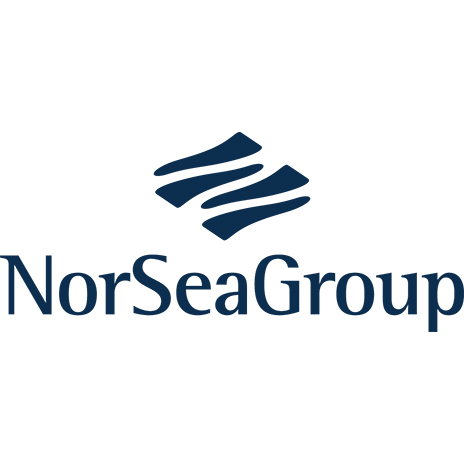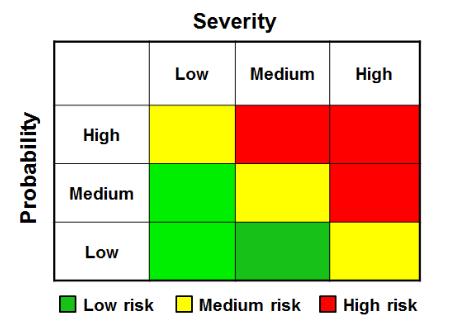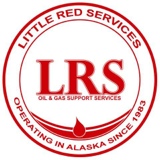Title Page
-
Document No.
-
Conducted on
-
Location
-
SJA Leader
- Nick Dorrington Team Leader
- John Milne Team Leader
- Christopher Scott Base Operative
- Adam Gribble Base Operative
- John Henderson Base Operative
- Steven Buchan Base Operative and Crane Operative
- Danial Murdoch Base Operative
- Mike Munro Operations Director
- Liam Murray HSSEQ Manager
-
NorSea Group Personnel Involved
- Yes
- No
- N/A
-
Third Party Personnel Involved, Job Titles and Company
-
Description of activity being assessed
-
Machinery Involved
-
Environmental Conditions (weather. wind etc.)
-
Communication Method
-
PPE Requirements
- Hardhat
- Safety Boots
- Rigger Gloves
- Safety Glasses
- High Visability Clothing or Vest
- Ear Defenders
- Life Jacket
- Fall Arrest Harness
- Dust Mask
- Respirator
- Other
-
Other (specify)
Completion Instructions
Preparation for a SJA
-
Carry out the collection of data, records of previous experience, and any available risk assessments relevant to the work under analysis.
• Use the form to prepare a draft showing the subdivision of the work into subtasks, and the order in which these are carried out.
• Evaluate the requirements linked to the work in hand.
• Appoint the personnel who will take part in the SJA (SJA Group).
• Invite these persons to an SJA meeting.
Under normal circumstances, the participants will consist of those personnel actively involved in the preparations for and implementation of the work. They may include:
• The SJA Leader (must always be present).
• The person responsible for carrying out the work (work supervisor).
• Operations Manager/Head of Department.
• Personnel who will carry out the work.
• The employee health and safety representative.
• Personnel with the relevant technical qualifications to carry out the analysis.
• Personnel who will be affected by the work.
Carrying out a SJA
-
The SJA analysis shall be prepared by the SJA Group. It is important that all participants are given the opportunity to provide input and that the content of the analysis is understood by all those involved. The process shall employ the Safe Job Analysis form and checklist (contained on the following pages).
• The person responsible for the SJA shall go through the task in hand, its requirements, and essential underlying plans.
• The SJA Group shall first evaluate the need for an inspection of the work location and, if necessary, carry it out.
• The SJA Group shall subdivide the work into subtasks and write a brief, concise and action-oriented description of each. Use active imperatives such as "REMOVE" (as in "REMOVE loose objects), "PLACE" (as in "PLACE tubulars in the storage racks") or "HOOK" (as in "HOOK onto the tubulars").
• The SJA Group shall identify potential hazards to personnel, the environment or material assets linked to each subtask.
• The SJA Group shall make an assessment of the potential impact of identified hazards and their probability of occurrence based on the group's experience and best judgement. The risk matrix may be of some assistance here.
• The SJA Group shall identify action items. Top priority will be assigned to actions which can prevent incidents from occurring (probability-reducing measures), followed by contingency measures designed to reduce the impact of potential incidents. The checklist shall be used to provide quality assurance that potential hazards, impacts and action items have been assessed.
• The SJA Group shall assess residual risk and make an overall evaluation as a basis for deciding whether or not the work can be carried out.
Assessment of hazards – probability and impact
-
In certain cases it may be practical for the SJA Group to use a risk matrix for assessing hazards, i.e. for evaluating the probability of an unwanted incident occurring and its impact. Such a risk assessment may contribute to clarifying the need for, and the prioritisation of, actions for reducing risk or its impact. The method of assessment is a general qualitative approach, and hazards which represent high risk can usually be subjected to a more detailed assessment later.
Using the risk matrix
-
A risk matrix is used to assess/estimate risk by plotting the probability of an unwanted incident along one axis and the severity of the consequences along the other axis. This is carried out for each assignment element, cf. the SJA Form. If the combination of probability and impact, as indicated by the matrix, is moderate or high, remedial measures will be necessary.
-
Severity of Impact
-
High:
Death, serious personal injury or illness, significant pollution, significant damage to equipment or materials or loss of production.
Moderate:
Injury causing absence or minor personal injury, minor pollution, minor damage to equipment or materials or minor loss of production.
Low:
No personal injury, insignificant pollution, insignificant damage to equipment or materials or insignificant loss of production.
Probability
-
High:
Probable: may occur several times in a year
Moderate:
Possible: may occur from time to time. Such incidents have occurred at the installation.
Low:
Not very likely, but conceivable. Such incidents have occurred in the industry.
SJA Checklist
Documentation and empirical data
-
Is this a known work operation?
-
Are there suitable procedures/instructions for the work?
-
Do we have knowledge/experience of unwanted incidents in similar jobs and SJAs?
Skills
-
Do we have the necessary personnel and skills for the work?
-
Have the personnel involved received enough information about the job?
-
Are there other personnel who should have attended the SJA meeting?
Communication and co-ordination
-
Does the job call for co-ordination between several units or departments?
-
Are signalling methods and communications clarified and familiar to everybody?
-
Is there potential for conflicts with simultaneous activities?
-
Has it been determined who is to lead the work?
-
Has sufficient time been planned for the work?
-
Has the handling of any alarm or emergency situations been considered?
Key physical safety systems
-
Is there adequate fire protection?
-
Are there, and will there continue to be, physical barriers or security systems in place?
Equipment involved in the work
-
Has the necessary protection against external forces (rotation, pressure, tension) been arranged?
-
Can high temperature be a danger?
-
Is there adequate machinery protection/shielding (Covering of equipment)?
Equipment for performance of the work
-
Have lifting equipment, other equipment and materials been identified, made available, inspected and approved?
-
Has a pre-use inspection of the lifting equipment been carried out?
-
Have all personnel been issued with adequate protective equipment?
-
Is there a danger of uncontrolled motion of equipment or tools?
The area
-
Is inspection of the work area necessary? (Has the lifting area been inspected and are all personnel in a safe zone in case of falling or swinging loads?)
-
Have elevated work (over two metres), work at several levels, or with the potential for falling objects, been taken into consideration?
-
Have inflammable gas, liquids and materials in the area been taken into consideration?
-
Has the possibility of exposure to noise, vibration, toxic gases or liquids, smoke, dust, steam, chemicals, solvents and radioactivity been taken into consideration?
The workplace
-
Are the necessary data sheets accessible?
-
Is there adequate ventilation?
-
Is the workplace clean and tidy?
-
Has the need for marking, signage and cordoning been taken into consideration?
-
Have transport conditions to and from the workplace been taken into consideration?
-
Has the need for a security guard been taken into consideration?
-
Have visibility, daylight and the need for work lighting been taken into consideration?
-
Does the weather present challenges to the assignment?
-
Have working positions and the danger of work-related illnesses been taken into consideration?
-
Is there danger of discharges to the air, the ground or the sea?
Additional Local Issues
-
Details:
Job Step Breakdown
-
Job Step
Job Step No.
-
Component Activity
-
Hazards/Risk
-
Impact
-
Controls in place (risk reduction measures)
-
Person Responsible
- Nick Dorrington Team Leader
- John Milne Team Leader
- Christopher Scott Base Operative
- Adam Gribble Base Operative
- John Henderson Base Operative
- Steven Buchan Base Operative and Crane Operative
- Danial Murdoch Base Operative
- Mike Munro Operations Director
- Liam Murray HSSEQ Manager
SJA Conclusion
-
Is the total risk acceptable?
-
Conclusion / summary of experience
-
SJA Manager
-
Manager in charge














